Introducing Oracle Internet of Things Connected Worker Cloud
Blog: Oracle BPM
After successful launch of our Asset Monitoring, Production Monitoring and Fleet Monitoring Internet of Things Cloud applications, we are excited to announce our new IoT application for connecting workers to the IoT cloud to manage worker safety.
Connecting a person using IoT? What’s that??The common understanding about IoT (Internet of Things) is that it’s about “Things” – inanimate objects in the physical world networked with and interacting with their digital counterparts. Of course IoT goes beyond just connecting sensors and devices. For an enterprise, its about making a meaningful difference in the way a business is run by reducing downtime, increasing equipment efficiency, increasing product quality and so on. My colleague Supreet Oberoi discusses this in his excellent blogs on Asset Monitoring and Production Monitoring using IoT.
Monitoring and tracking equipment, machines etc. definitely add value to business as it enables most efficient and effective use of your valuable assets. But these are not the “most” valuable assets a business has. It’s the people who use these machines and equipment to produce goods and services that generate revenue for the business. Keeping these most valuable assets safe is of highest importance to any business and IoT can actually help with that. Using wearable technologies coupled with a powerful IoT platform like Oracle IoT Cloud, businesses can now connect their workers to the enterprise information systems to ensure highest level of safety, health and productivity.
What’s a Connected Worker?Connected Worker is a person that has real-time, context-specific and actionable information based on data about himself and his physical environment, that allows him to do his job safely and as efficiently as possible. Worker safety stands out as a key value proposition for a Connected Worker solution and that’s what Oracle IoT Connected Worker Cloud focuses on.
Worker Safety“The ultimate cost of occupational disease is human life. It impoverishes workers and their families and may undermine whole communities when they lose their most productive workers. ” -- International Labor Organization (26 April 2013 Press release)
This quote succinctly states the impact of loss of human life due to occupation diseases. Although this quote is about occupational diseases, it equally applies to work place accidents.
Worker health and safety is of importance across all industries and occupations. In some industries, such as construction and mining, this is a significant problem. For instance, according to an OSHA study in 2014, 20% of all worker fatalities occur in the construction industry.
To ensure safety and reduce severe injuries and fatalities, regulatory agencies like OSHA mandate safety procedures be put in place. But policies by themselves do not prevent accidents. What you need is technology that can identify and act on potential dangers, provide real-time alerts and deep analytics that help prevent such incidents.
Better worker safety means reduced down time and increased productivity. Also, a sustained high level of worker safety can potentially reduce insurance costs.
This is now possible with Oracle IoT Connected Worker Cloud. A Connected Worker solution that uses wearable technologies, combined with environment and tracking sensors and backed by a powerful IoT platform with integrated big data analytics, effectively reduces, and to a large extent prevents, safety related incidents.
Managing Hazards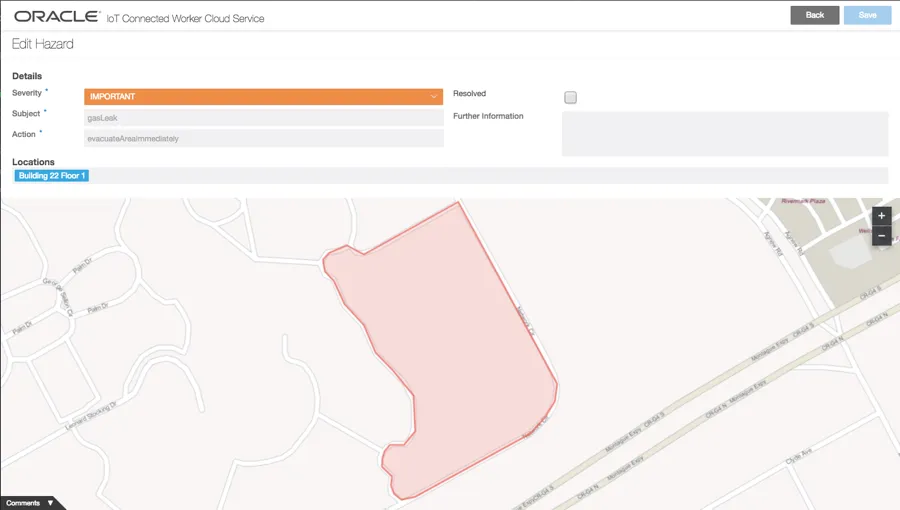
Figure 1 Cordon-off hazardous work locations
Take for instance a construction worksite where an area is cordoned off due to toxic fumes. No worker should be in close vicinity of that area until the hazard is cleared. With Oracle’s IoT Connected Worker Cloud application, the worker will not only be notified about this new hazard, but will also be warned via his wearable if his path is expected to land him in the vicinity of the hazard.
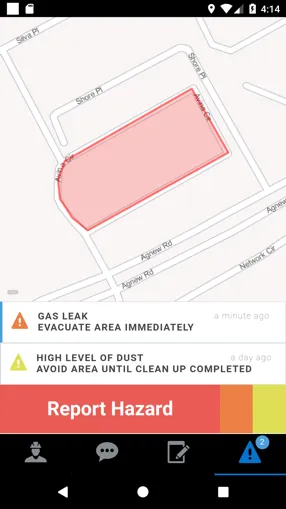
Figure 2 Oracle Connected Worker Mobile Application provides real-time notifications of potential hazards
A recent interaction with a large logistics provider revealed challenges with worker safety in big warehouses. Large containers and number of moving fork lifts etc. can create for dangerous situations. A connected worker with the ability to “see” beyond what’s physically visible and be warned of potential dangers is, by an order of magnitude, safer in such work environments.
Similarly the ability to monitor, in real-time, a worker’s location and his movement allows pro-active response to “man-down” situations. Accurate and real-time location information of each worker also means better emergency evacuation assistance to affected workers.
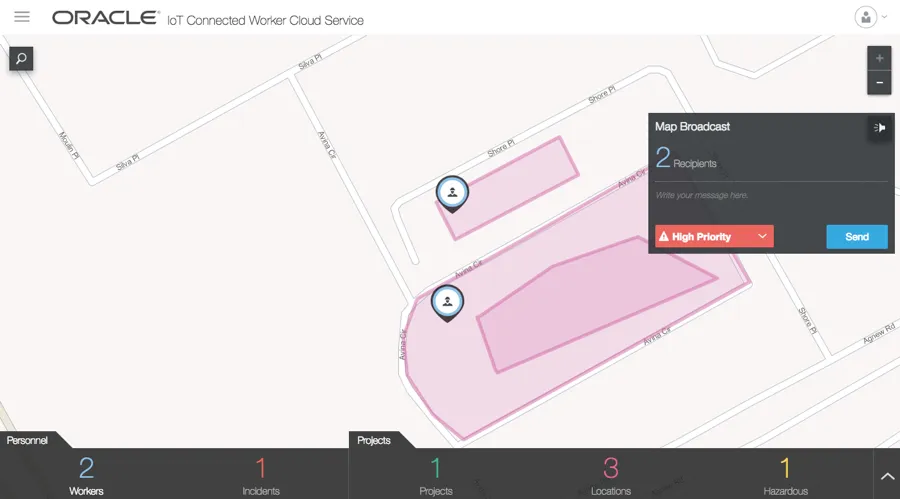
Figure 3 Real-time position information allows for providing a higher level of workplace safety
Safety Enforcement
Every organization has safety policies that cover regulatory requirements. Organizations may also go beyond the mandated safety procedures and enforce their own policies. Using Oracle IoT Connected Worker Cloud, these policy enforcements can be declared as rules using the business-user-friendly rules editor. These rules are then applied to real-time data streaming in from the sensors that the worker is wearing as well as data coming in from any environment sensors in place.
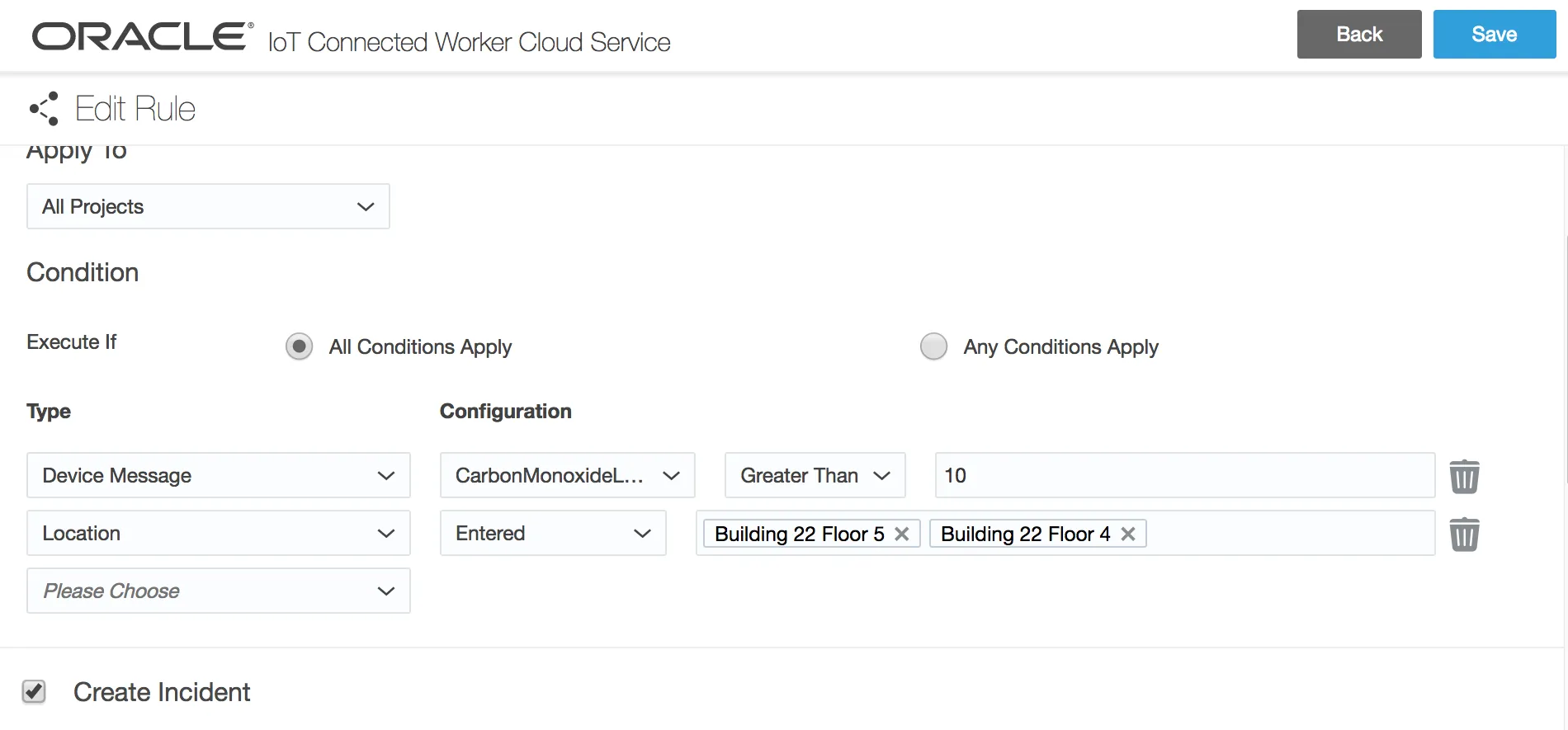
Figure 4 Business-user-friendly rules editor
Diagnostic Analytics
When an accident occurs there may be a number of factors that may be contributing to the incident. Each accident may seem unique, but there may be underlying patterns that can help identify key contributing factors across different accidents. For instance, it could be the combination of time of the day, the machine tools being used, the air quality, the ambient light and combinations thereof. Its difficult to identify such patterns without deep analytics and machine learning. Oracle IoT Connected Worker Cloud is built on top of a the proven Oracle IoT Cloud Enterprise platform which provides built-in support for big data analytics that allows Oracle IoT cloud applications to provide such advanced analytics.
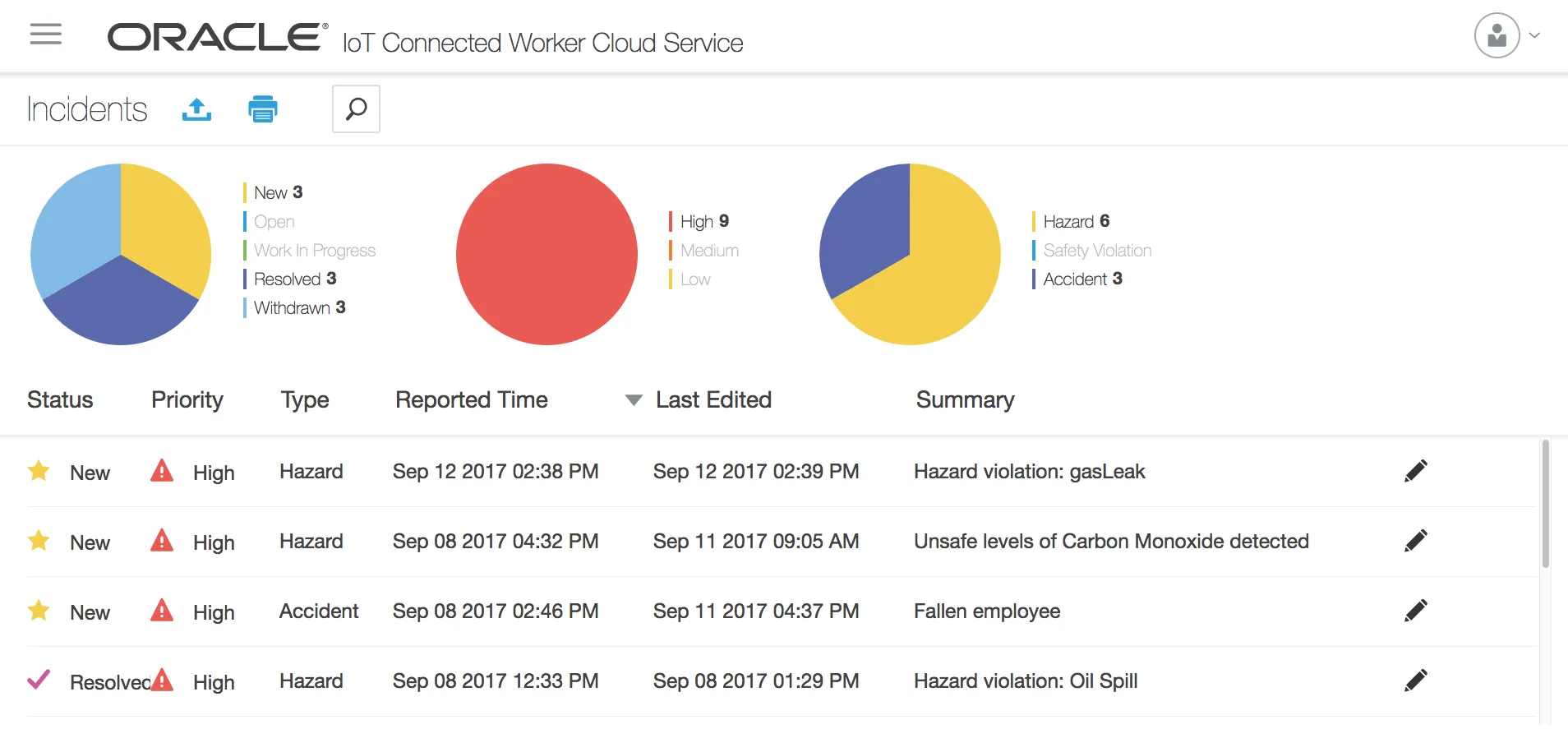
Figure 5 Incident Metrics
Wearables SupportOracle Connected Worker Cloud provides out-of-the-box support for using a smart-phone as a sensing device. In addition, it can also use wearable sensor boards from mbientlab (https://mbientlab.com/) for detecting motion, abnormal motion (such as a fall) and environment readings such as ambient light, pressure etc. Support for a wider range of wearables such as smart glasses, smart helemets, smart watches are being added. Additionally, underlying IoT Enterprise Cloud platform provides rich APIs that connecting new devices and wearables with ease.
More Information
The Oracle Internet of Things Connected Cloud is available now and you get pricing and other information on cloud.oracle.com.